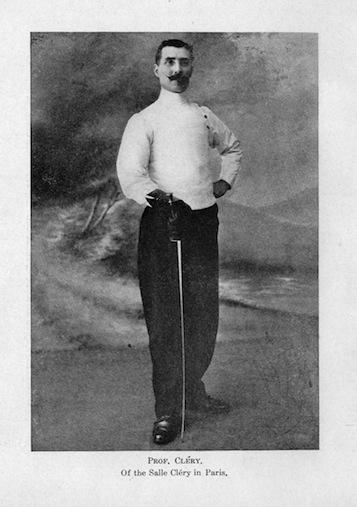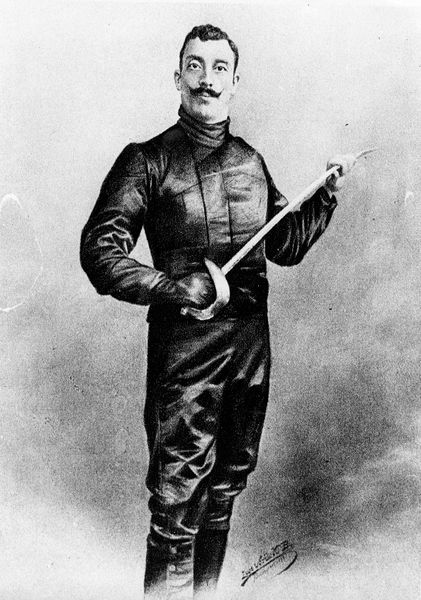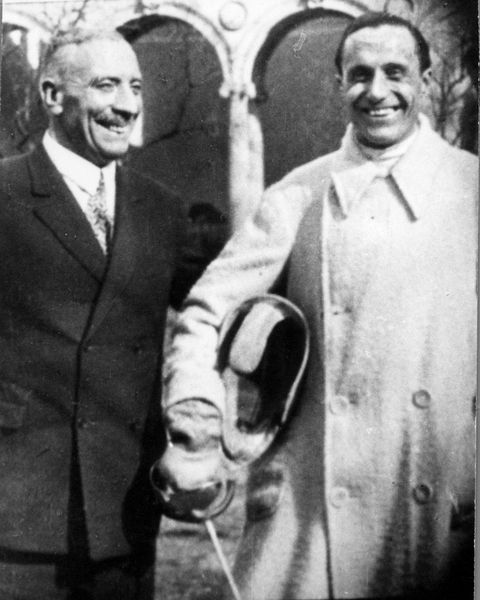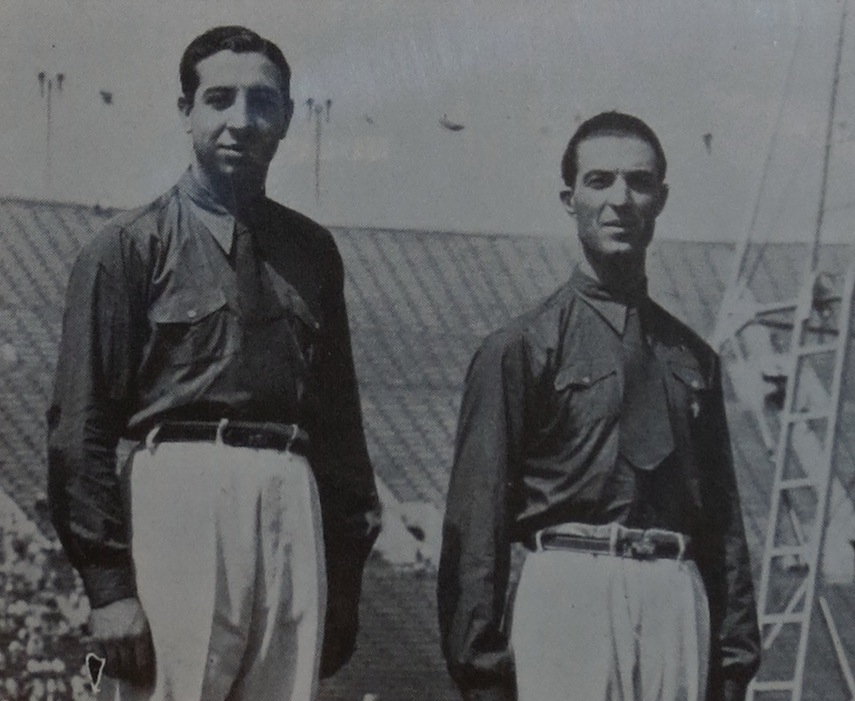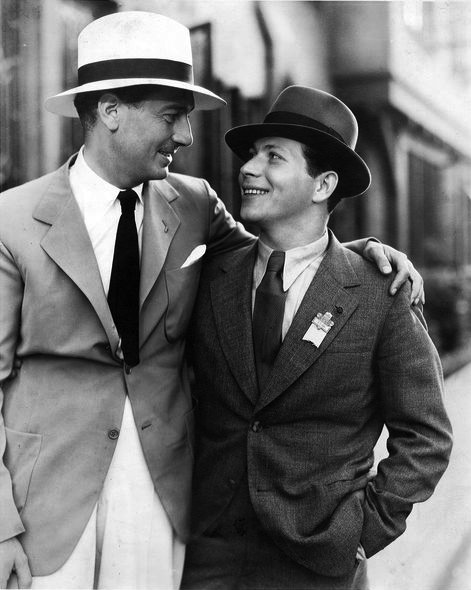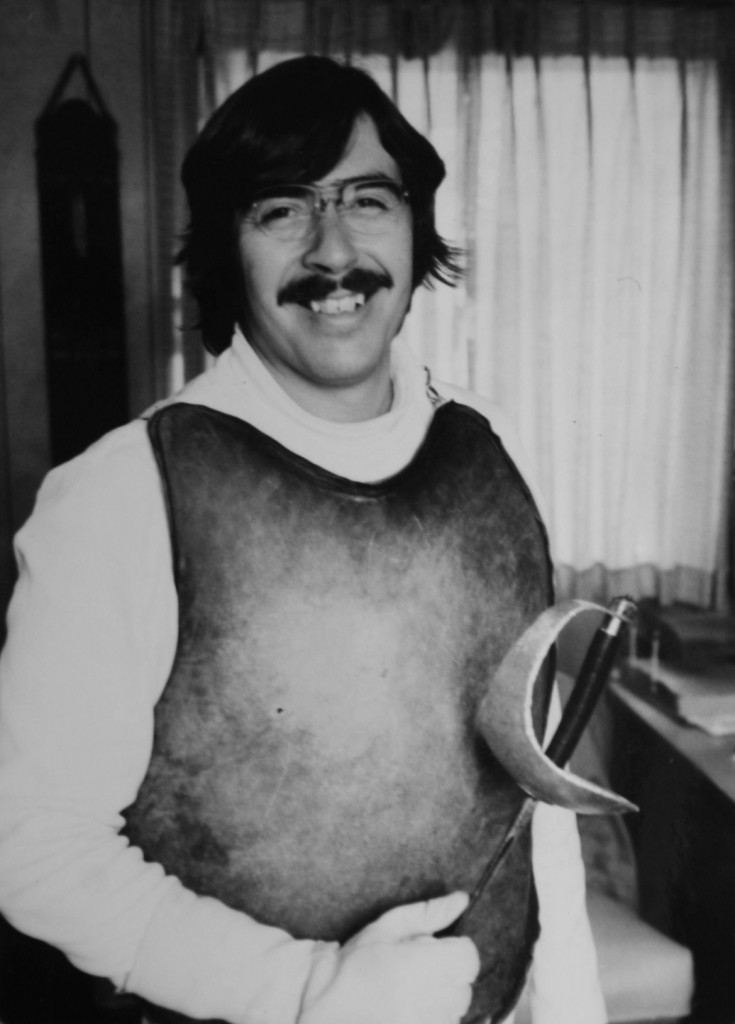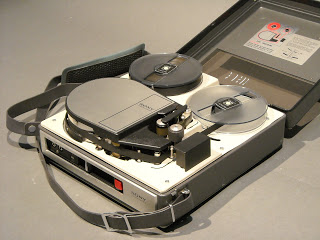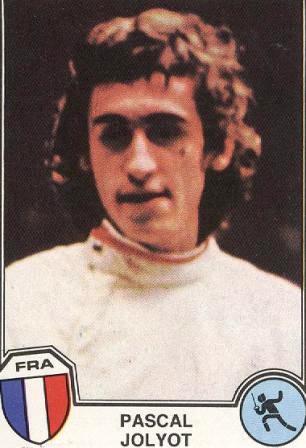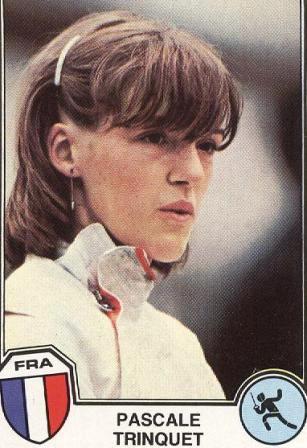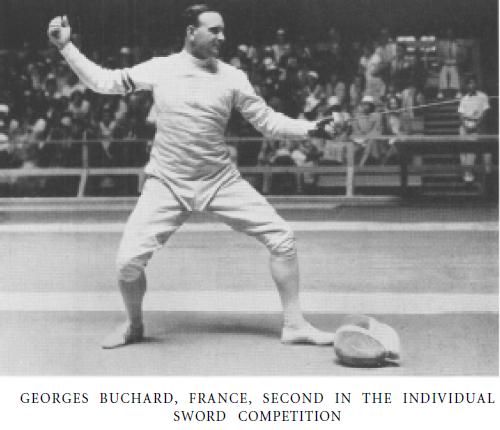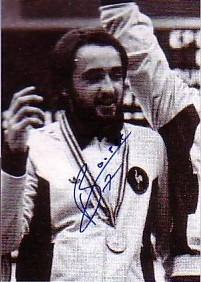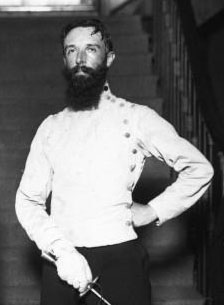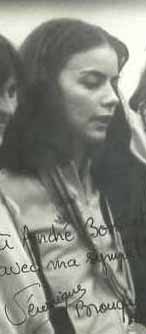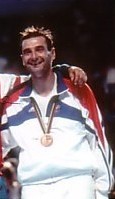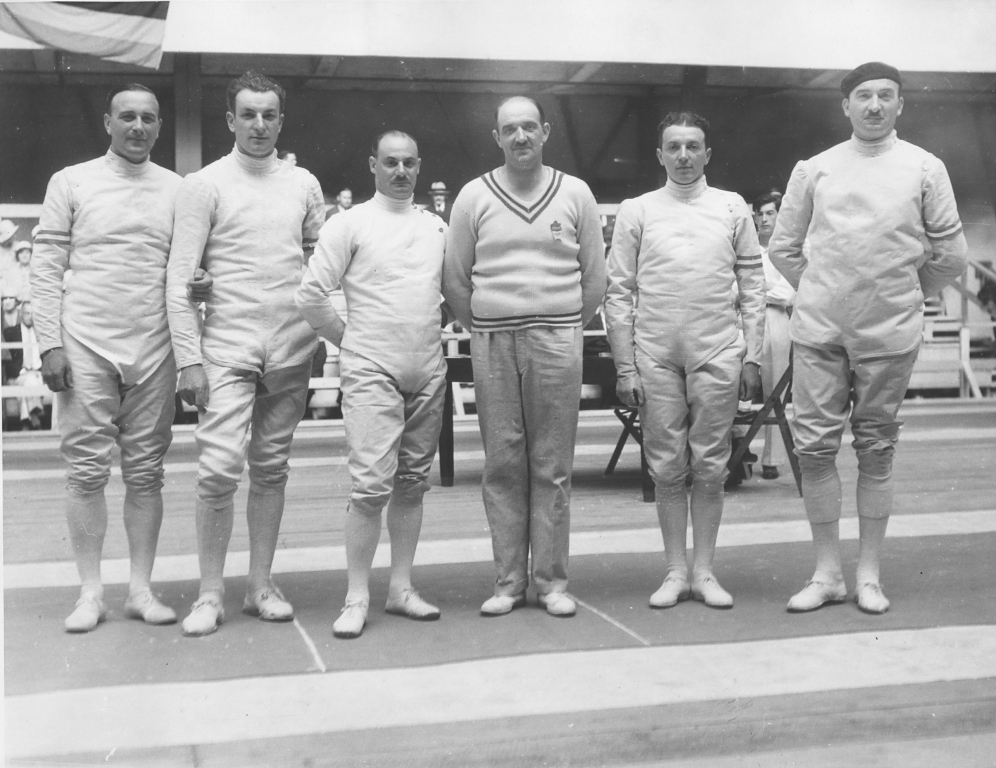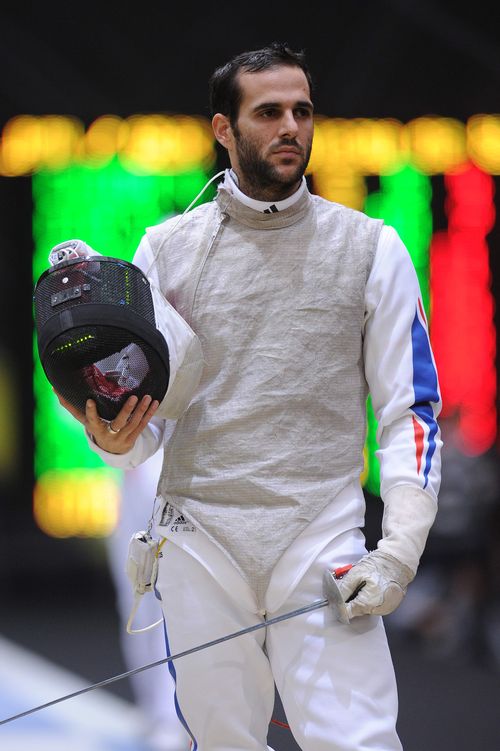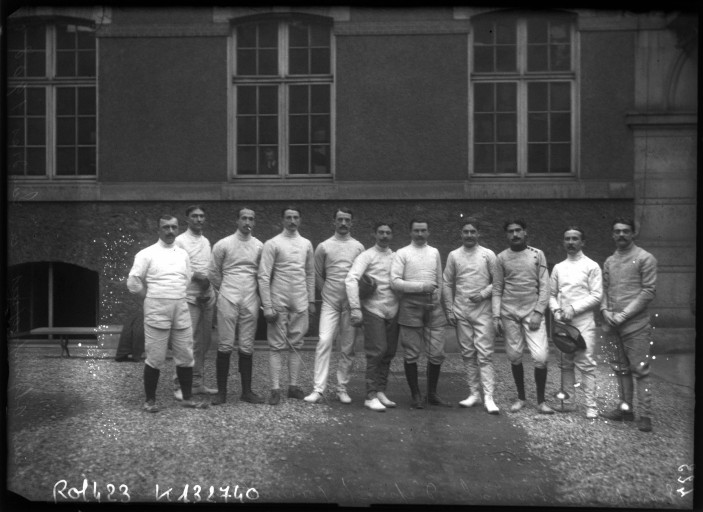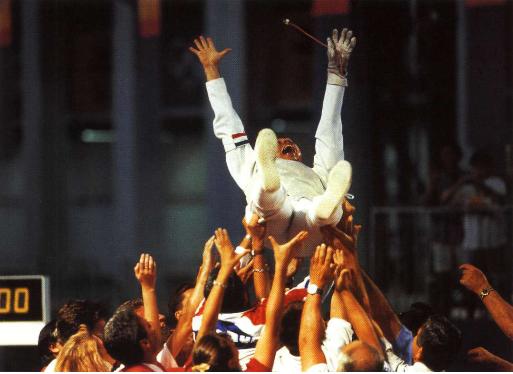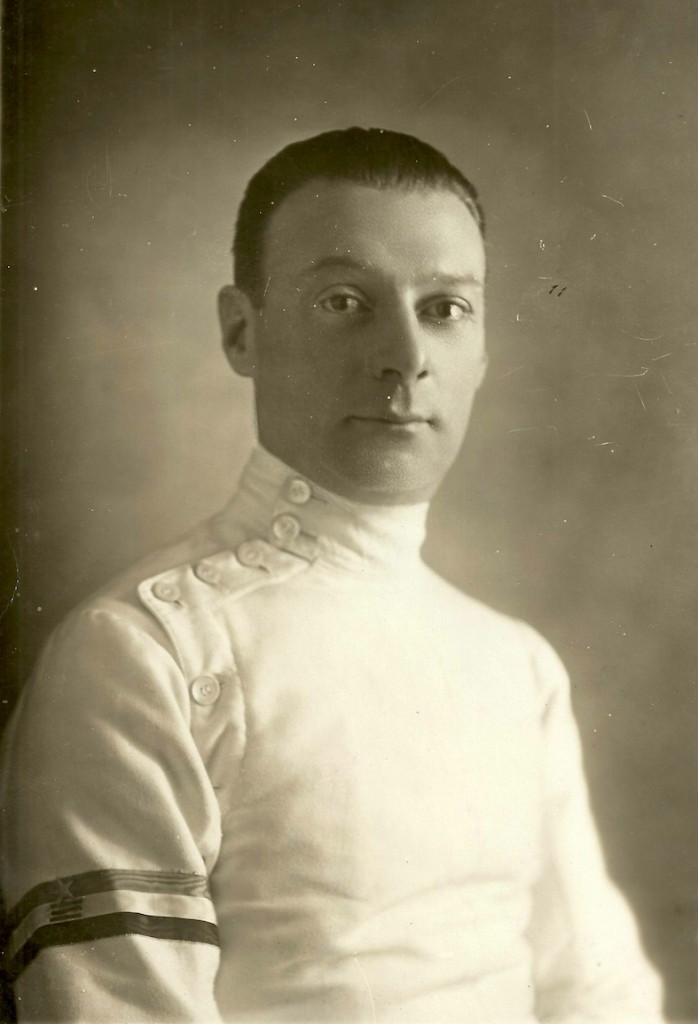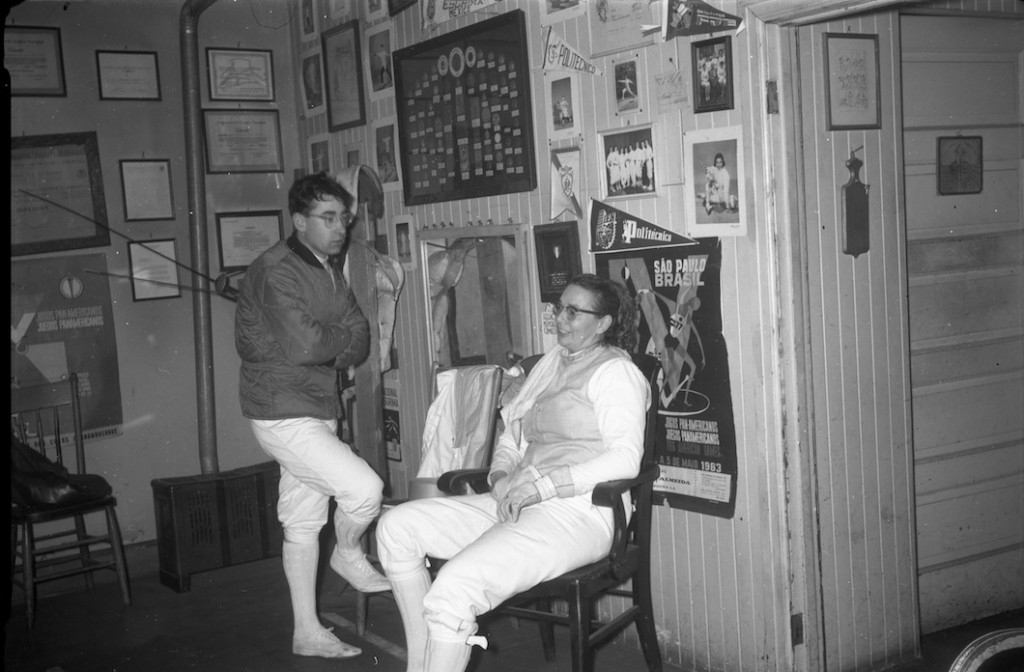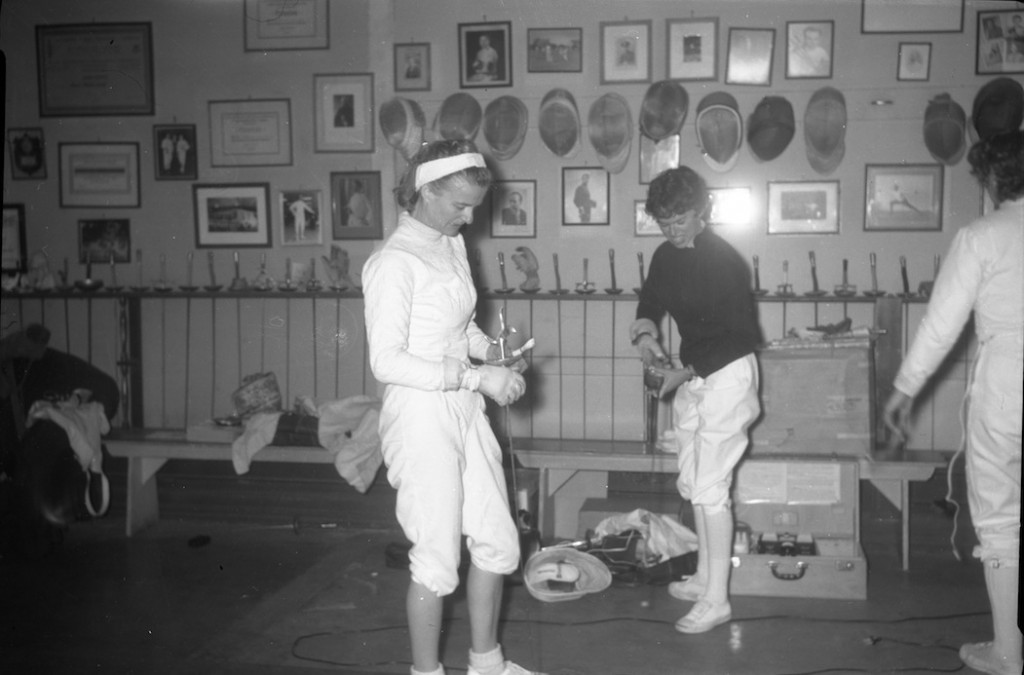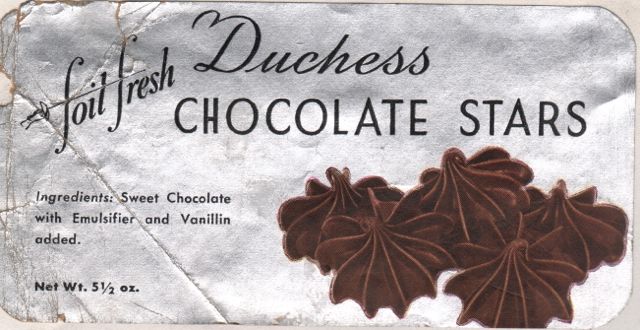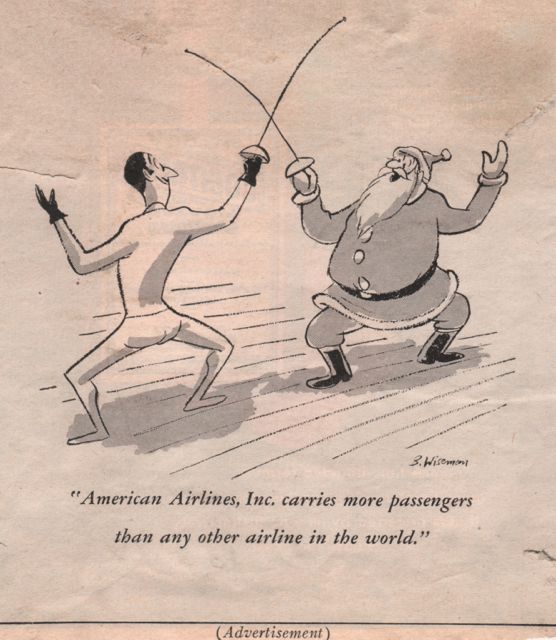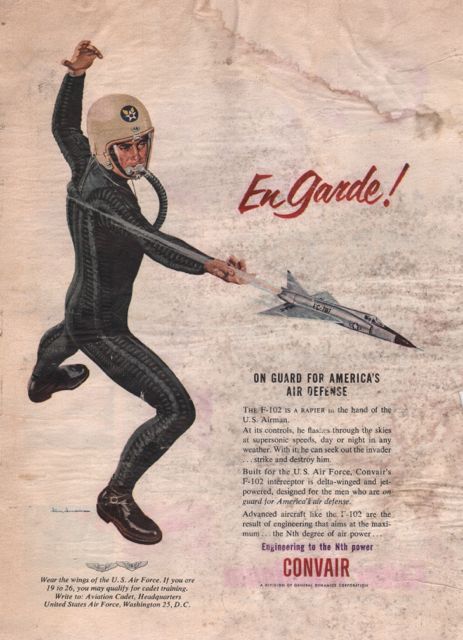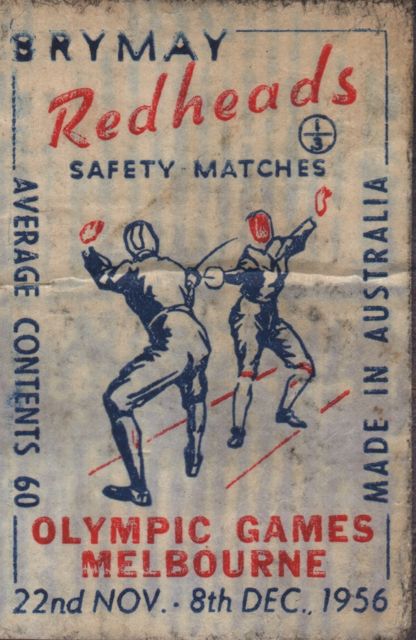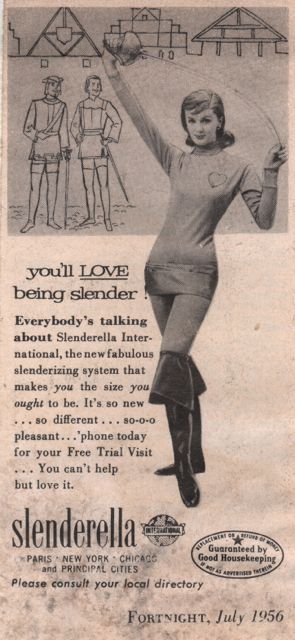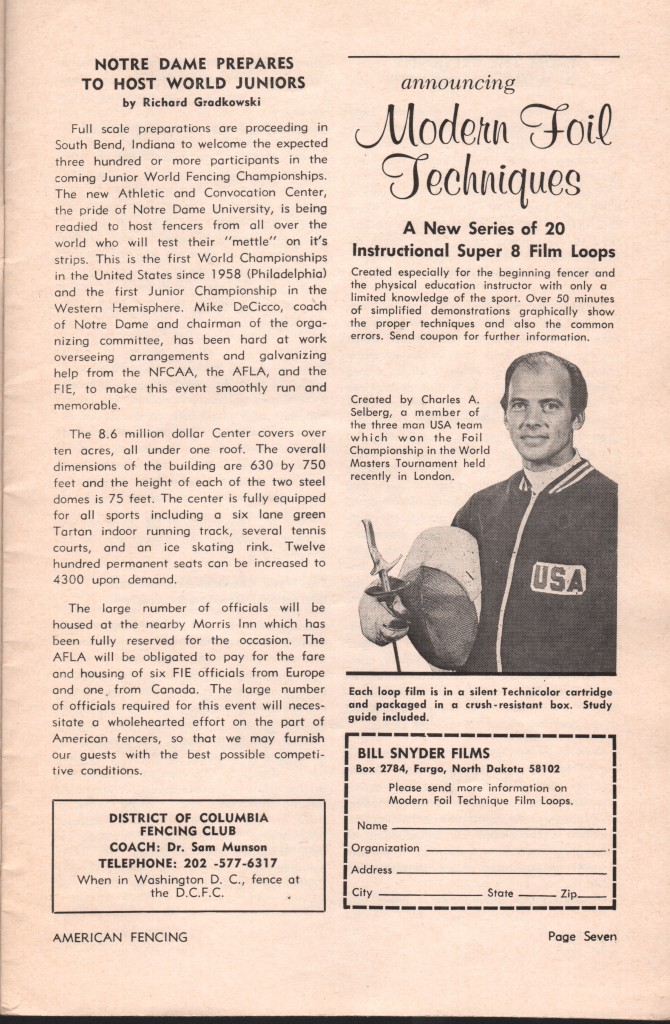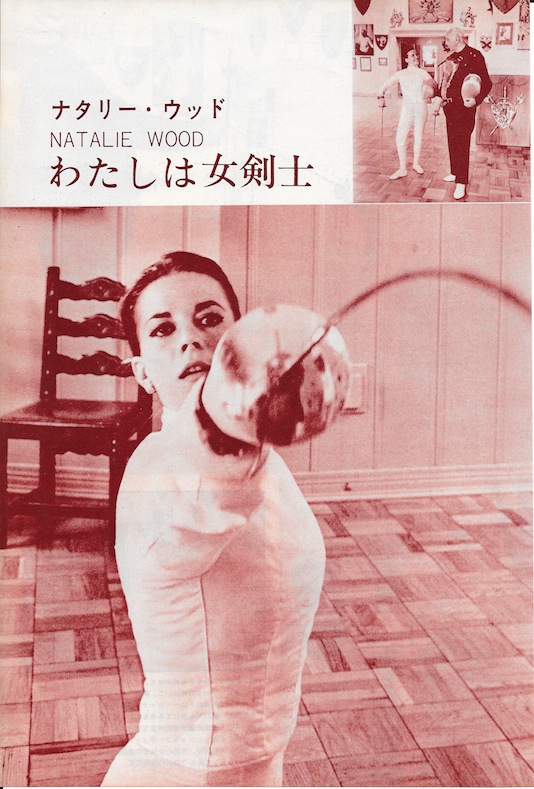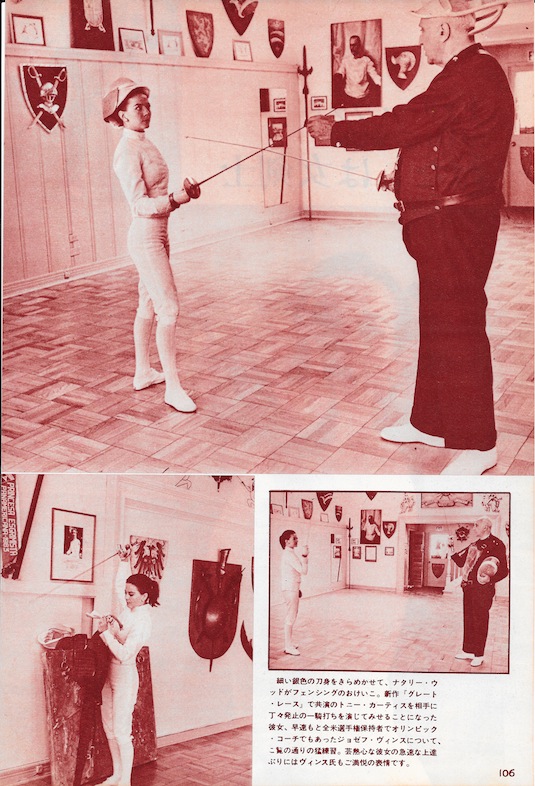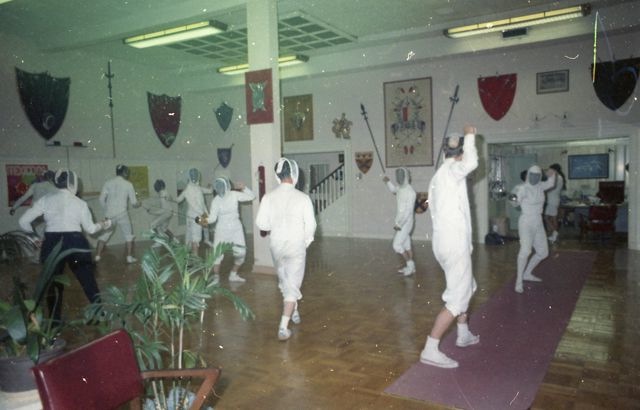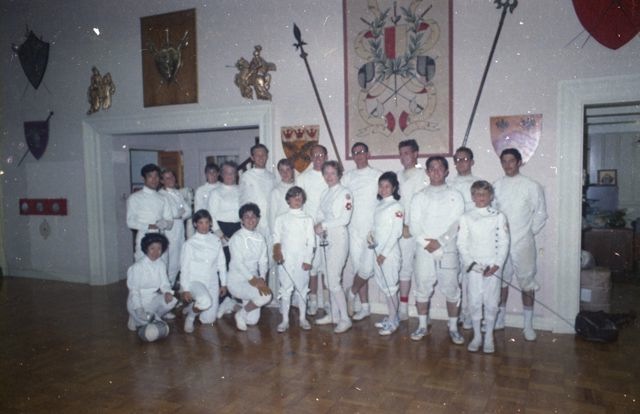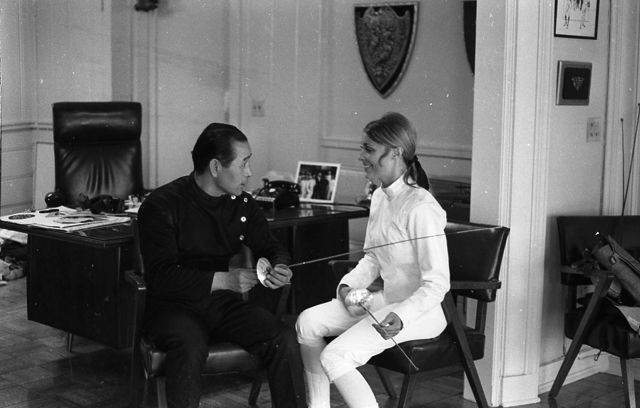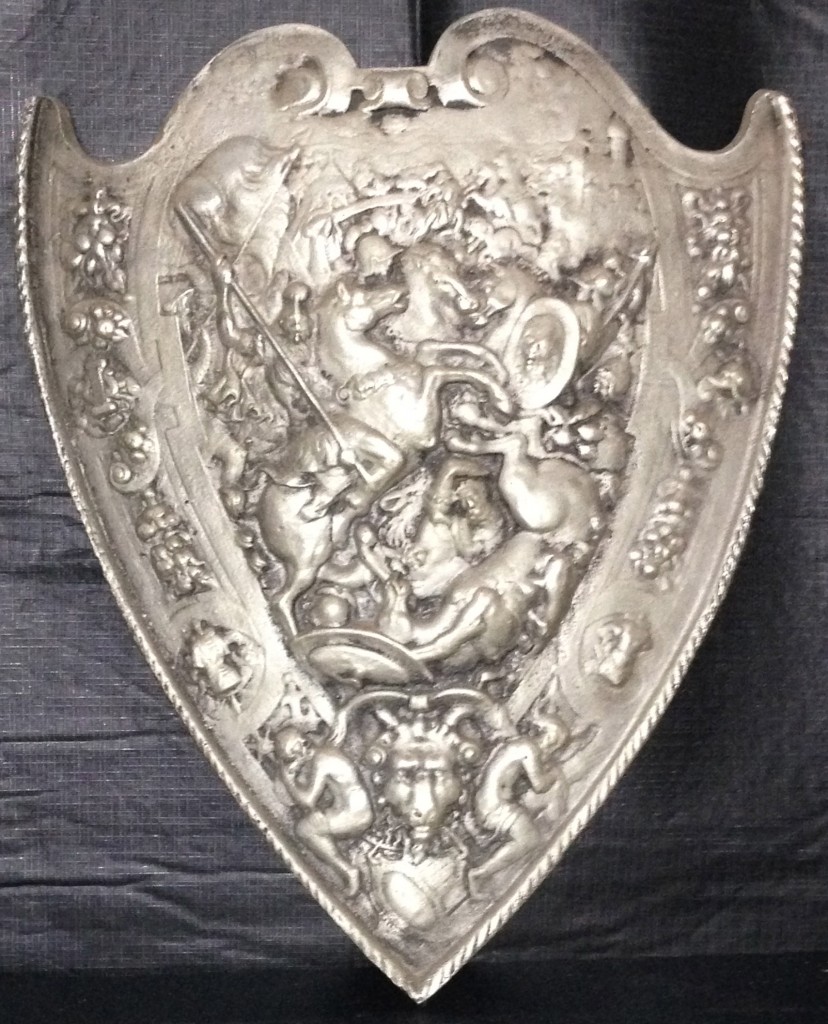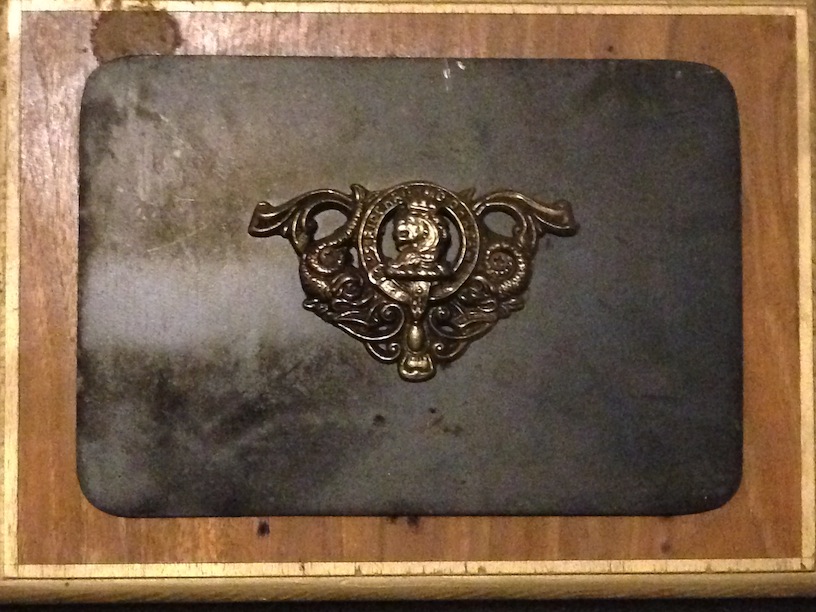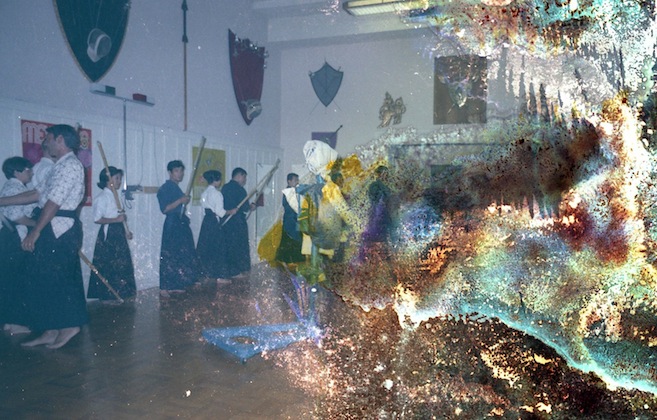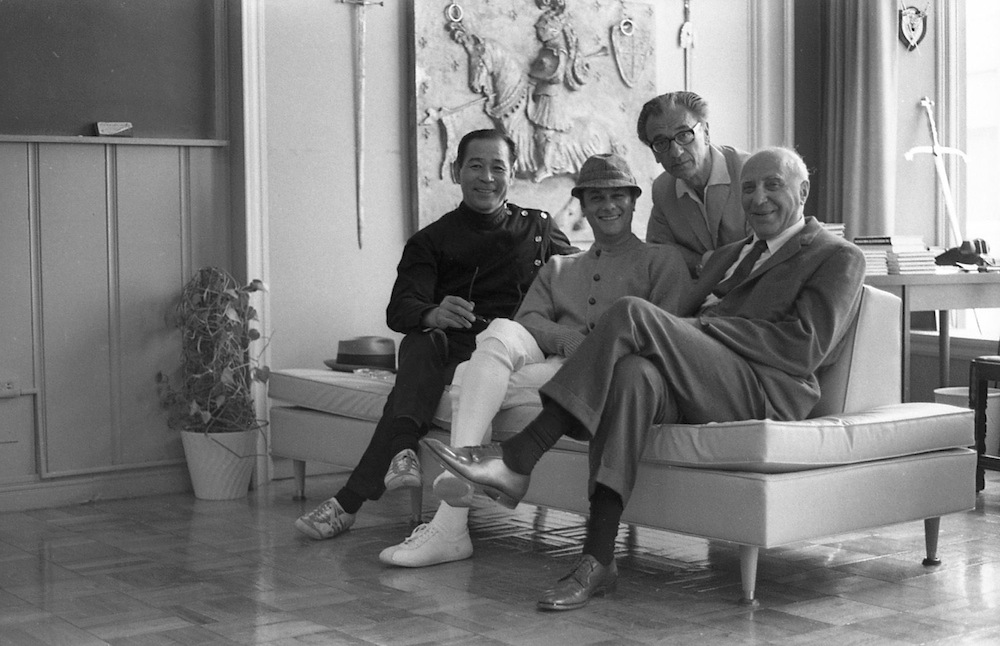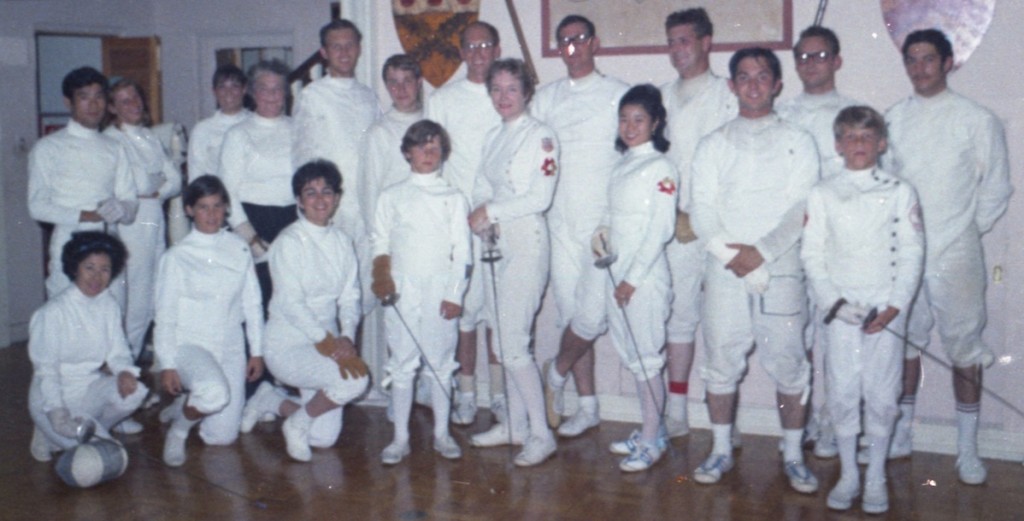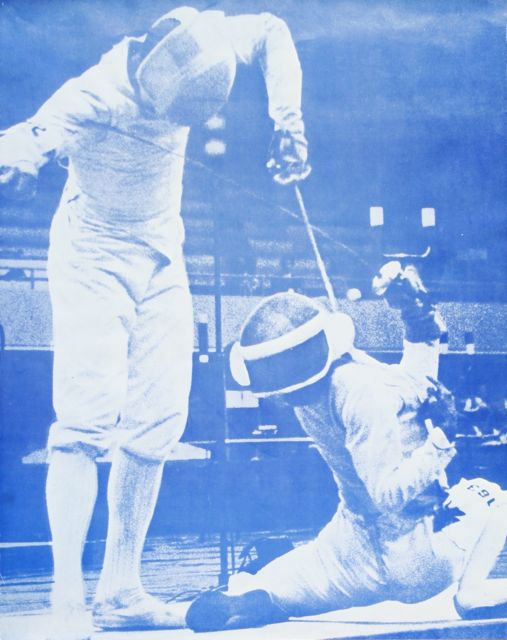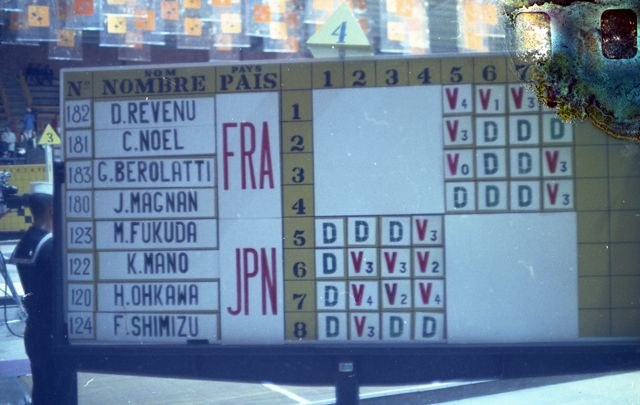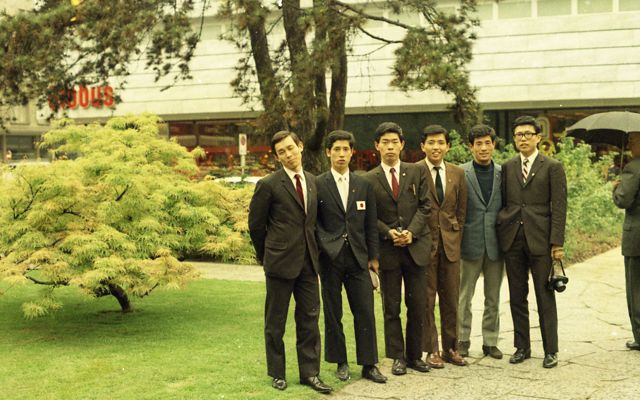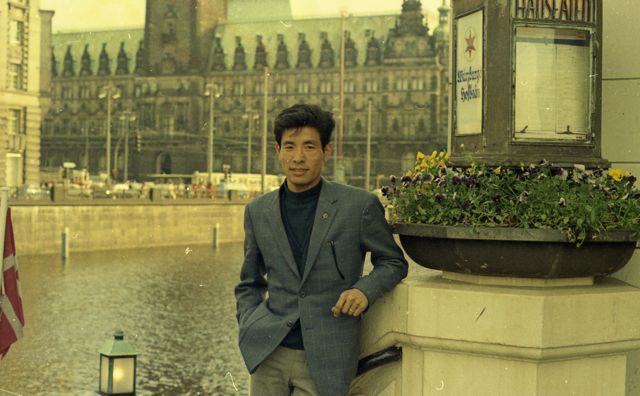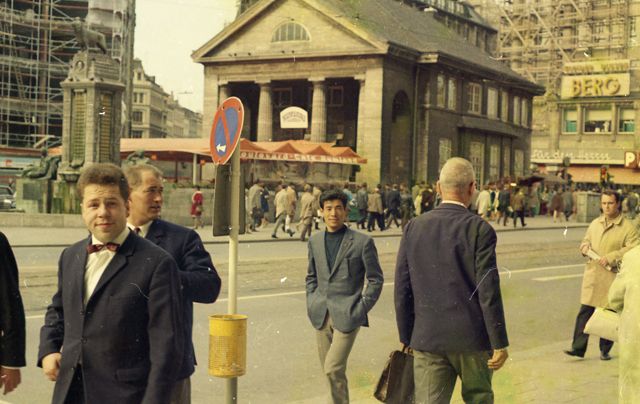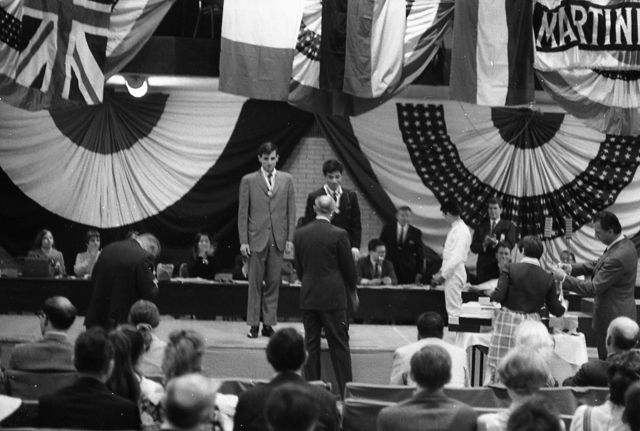Random Stuff
Trying out still more page formatsJust A Standard Page
Nunc et vestibulum velit. Suspendisse euismod eros vel urna bibendum gravida. Phasellus et metus nec dui ornare molestie. In consequat urna sed tincidunt euismod. Praesent non pharetra arcu, at tincidunt sapien. Nullam lobortis ultricies bibendum. Duis elit leo, porta vel nisl in, ullamcorper scelerisque velit. Fusce volutpat purus dolor, vel pulvinar dui porttitor sed. Phasellus ac odio eu quam varius elementum sit amet euismod justo. Sed sit amet blandit ipsum, et consectetur libero. Integer convallis at metus quis molestie. Morbi vitae odio ut ante molestie scelerisque. Aliquam erat volutpat. Vivamus dignissim fringilla semper. Aliquam imperdiet dui a purus pellentesque, non ornare ipsum blandit. Sed imperdiet elit in quam egestas lacinia nec sit amet dui. Cras malesuada tincidunt ante, in luctus tellus hendrerit at. Duis massa mauris, bibendum a mollis a, laoreet quis elit. Nulla pulvinar vestibulum est, in viverra nisi malesuada vel. Nam ut ipsum quis est faucibus mattis eu ut turpis. Lorem ipsum dolor sit amet, consectetur adipiscing elit. Maecenas nunc felis, venenatis in fringilla vel, tempus in turpis. Mauris aliquam dictum dolor at varius. Fusce sed vestibulum metus. Vestibulum dictum ultrices nulla sit amet fermentum.
The Superiority of the Individual
Ah, Aldo Nadi. I get itchy if I don’t publish something about him every now and again, so let’s get settled in for a fun little bit right from the source. I’ve used The Fencer magazine as a source previously. It was a 2-plus year endeavor by a number of fencers from Northern and Southern California to share results and writings about their sport. I don’t know how large their distribution was, but the estimable Harold Hayes was kind enough to share his complete bound collection with me and there are many interesting historical items within the pages.
The following article (with a few pictures and notations added by yours truly that were not included with the original article) from the June, 1948 issue, pages 9 and 10, was written by the always entertaining and opinionated Aldo Nadi. Here goes:
School? – No, Man!
A commentary by ALDO NADI
At first, for obvious reasons, I declined to comment on the conclusions reached by Professors Raoul Clery and Pierre Lacaze. <regarding an article published previously in The Fencer. > But upon the insistence of my friend and pupil Pierre Paret, the editor of this magazine, I had to change my mind. As the subject can be discussed until doomsday without reaching any clear-cut conclusions, I will necessarily treat it somewhat sharply. Should anyone disapprove – that would be just too bad.
Raoul Cléry, 1907-2004
There never was a pure Hungarian school of sabre fencing, or, if there was, it never amounted to much. Since all Hungarian sabremen are the product, directly or indirectly, of the late Italian master Italo Santelli, the discussion is, in itself, futile.
Italo Santelli, 1866-1945
But no Frenchman can pass judgment on sabre. For there never was a first –rate French sabreman – with the possible exception of Roger Ducret, who seemed to have the knack of disposing of the best Hungarians (see results Paris Olympics, 1924), but who I am sure would agree that he would never have gone very far against the best (and I mean the best, that is including the professionals) Italians of his time.
Roger Ducret, 1888-1962. Ducret’s Olympic achievement in 1924 of winning 5 medals, 3 gold and 2 silver, in a single Olympic fencing competition is surpassed only by Nedo Nadi, who won 5 medals, all gold, in 1920. Ducret also medaled in 1920 and 1928, winning a total of 8 Olympic medals.
I believe I have seen the best Hungarians of the century during the World Amateur Championships at Spa, Belgium, in 1930. They were the late Piller, and Petschauer. <Nadi has inadvertently reversed the status of these two great Hungarian sabremen – at the time of this writing, Piller was alive and well, while Petschauer had died in a concentration camp during WWII.> The former was almost flawless, but the latter somewhat erratic. Piller won the Olympics in 1932. He was subsequently defeated by Nedo Nadi 16-12. Anyone who knows anything about fencing will admit that such a score proved not merely a superiority, but a superiority of class. And since I knew the exact value of my late brother better than anyone else, and since at that time I was still very much militant, I will have to drag myself into this verbiage by merely saying that I never defeated Mr. Piller for the simple reason that I was never offered the opportunity to do so. But did that match Nedo Nadi-Piller prove the superiority of the Italian school? No.
Italo Santelli and Nedo Nadi
Among the Italians, at least two amateurs, Marzi and Gaudini, proved themselves to be in exactly the same class of the Pillers’ and Petschauers’.
Gustavo Marzi and Giulio Gaudini on the medal stand at the 1932 Olympic foil event. Marzi won gold and Gaudini bronze.
Since 1932 to this day, it is true, the Hungarians have had a slight edge on the Italian amateurs. Does this prove the superiority of the so-called Hungarian school? No. If Louis Merignac had been born in Patagonia, would that giant have proved the superiority of the Patagonian school? It is the men who count – not the school.
And why then are the Hungarians apparently a tiny bit better than the Italians? I’ll tell you why: they work more – submitting themselves to an amount of training no Italian would accept. The Italian, unquestionably more of an artist than the Magyar, very seldom indeed does more than the strictly necessary work. Superiority of school? No. In all weapons, among the few first-rate fencers, there is only one fencing – not two. When a man reaches the top level of the international scale of values, his fencing – real champion that he is – becomes a mixture of all the forms of fencing that he has seen and fought. Were it no so, fencing would merely be an arid science rather that the superb art it is.
At that level, the superiority of school does not exist – only the superiority of man.
Further, the difference in touches at San Remo <the tournament in question that prompted the earlier article to which Nadi is responding.> was exceedingly slight: 142 to 132. That’s like beating a man 10 to 9 1/3. Superiority? Let us not laugh.
It should be added here, that according to the latest news from Italy, the standard of today’s fencers of that country is unanimously conceded to be not nearly as high as in pre-war days – let alone as high as that of those Italians who won everything at the Antwerp Olympics in 1920. And if there were a real superiority on the part of the Hungarians, their showing against the present-day Italians should be much more impressive. That’s why I call Piller and Peschauer the two best Hungarians of the century to date.
Gyorgy Piller and Attila Petschauer, teammates at the 1932 Olympics in Los Angeles.
As to the observations made in San Remo by the French masters concerning the balance of the body, the guard positions, the doigte (which incidentally does not exist in sabre), the position of the point, and the rest – all this would be irrelevant if it weren’t downright childish. Apart from the fact that, for instance, I completely disagree with such technical findings (my own being almost opposite), it should at last be acknowledged that first-rate fencers are en garde as they wish, regardless of any school, and touch when and how they can, again regardless of any standard technique. Which is proven by the fact, among many others, that a Hungarian whose name I have now forgotten, and who won either a recent Olympics or/and several Hungarian National Championships, was en garde – so I have been told by unimpeachable sources – almost a completely standing position, his blade much lower than in second. (And what would the French observers have remarked on that?) In other words, the great fencer becomes the creator of his own individual style and technique. But how many great fencers are there, or, for that matter, how many have there been?
Finally, as a man who owes a considerable amount of his knowledge to the French school, and who has always respected his valiant French adversaries of the past regardless of results, I cannot believe that Frenchmen need to be told, at this late date, how to stay en garde.
<end of Nadi’s article>
Taken as a whole, I think Nadi’s point is well taken. Certainly in the modern era, it’s impossible to identify a ‘school of fence’ to the top competitors on the world stage. They’re all just… fencing. One interesting difference is the number of potential winners that show up to a world cup event. I think it’s more challenging today for a fencer or a program to dominate as the training regimen and type of lessons given have become all of a piece, as fencers and coaches both emulate the best of what they see and interpret it in their own methodology. The fly in that ointment seems to be the Italian women’s foilists, who’ve been on top for how long now?
There are a couple of points from the above that I’d like to highlight, make of them what you will.
Nadi’s rather backhanded compliment of Roger Ducret seems a bit unkind, even though Aldo defeated Ducret in an epee match in 1926. Ducret was an amateur and Nadi a professional at that point in time. Nadi seems to be indicating that Ducret could do as he pleased against the other Italians in sabre, but wasn’t to be compared to either himself or brother Nedo, both of whom were professionals and not participants at the 1924 Olympic games. Still, Ducret’s 1924 record is pretty great: individual gold in foil, individual silver in epee and sabre, team gold in epee and foil. And for his silver in sabre, he was squeezed in between Sandor Posta and Janos Garay, both from Hungary. Yet, the fact remains that the Italians defeated the Hungarians in team sabre and the French failed to medal. The Italian victory was the last gold they would wrest from the Hungarians for the foreseeable future. The only Italian sabre team gold in the upcoming years came only at World Championships wherein the Hungarians were not in attendance: 1937, 1947 and 1949. Every other World Championship or Olympic team sabre event through 1960 was won by Hungary, with the lone exception of 1959 when the Polish team took the WC team gold.
As to the Nedo Nadi – Gyorgy Piller match, well, all I can say is, I’d sure like to see it. Surely such a thing would have been filmed by a news camera, wherever the heck it took place. The one little tid-bit I’ve found is from 1927 on a Hungarian film archive website. In the silent film clip linked below, Nedo Nadi can been seen hanging out with the fencing swells of the day (at least, I guess that’s who they are), including Italo Santelli and Sandor Gombos.
http://filmhiradokonline.hu/watch.php?id=8642
Piller participated in the 1928 Hungarian Olympics, but fenced only on the epee and foil teams. His sabre domination started in 1930, winning the individual world championships in ’30 and ’31, then the Olympic individual gold in ’32. If Nedo defeated Piller in sabre after 1932 as Aldo claims, chalk one up for the Italian professionals. I’d still like to see that match. Oh, YouTube. How you have failed me.
Nadi’s claim for placing Gustavo Marzi and Giulio Gaudini in the company of Piller and Petschauer is well founded. For every Olympic or World Championship gold for the Hungarians from 1930 (the first team Worlds for all 3 weapons for the men) through 1937, the Italians took the silver. Marzi and Gaudini were on all of those teams. However, let me just add that during that same stretch, Marzi and Gaudini were also competing on the foil teams, and the Italian foil teams were as strong in that event as the Hungarians were in sabre. Italy won team foil gold every time they took the field from 1928 to 1937 and either Marzi, Gaudini – or both – were on every one of those teams. And that’s not even counting their individual results in both foil and sabre. So, yeah, they were pretty good.
Speaking of backhanded compliments, if such it can be called, to say that the Italians lose to the Hungarians simply because they are too lazy – in an artistic way, to be sure – to bother with training up? What would Nadi think of the training regimens of today? He’d probably profess that all these fencers around the world have gone mad, no doubt due to an addiction to adrenaline or endorphins or some such. However, I think he would very clearly understand that training to today’s level, combined with international travel having become as simple as making your way to an airport (assuming you have the funds), is reason enough for the playing field to have leveled, making it entirely possible for a Merignac to come from Patagonia or anywhere else on the globe.
As far as one match with a score of 16-12 proving that Nedo Nadi was in a class above Piller? I just don’t know. I agree that, at their level, it’s not to do with the school they came from, but their ability on the strip. But one challenge match elevating one’s supremacy over another, when the players are that skilled….? That’s a tough one to swallow.
Last, I’ll just mention this. At the 1920 Olympics wherein Aldo and Nedo Nadi, et al, swept through the sabre team match to gold, and the siblings won the individual gold (N) and silver (A), the Hungarians, who won the Olympic individual sabre gold in 1908, 1912, 1924, 1928, 1932, 1936, 1948, 1952, 1956 and 1960, were not in attendance.
So there that is.
More 1979 Junior World Championships
It’s a holiday weekend around here, so I won’t write much. I just thought it might be nice to show a couple more bouts from the ’79 Junior Worlds, recorded on video by Len Carnighan. If you missed the first story, it’s here:
With the following two bouts, you’ll get a chance to see the balance of the six finalists. In the first one up today, the two German teammates go head-to-head. Matthias Gey (who won the World Championship in 1987) versus Martin Baumgarten. In the second, the final two competitors, Vladimir Lapitski versus Krystof Puzianowski.
Hey, I finally found a picture of one of these four guys! Of course, it’s the most well known. I’m really digging to try and find some picture of Lapitski, figuring he’s got to be somewhat well covered due to his terribly injury at the 1980 Olympics. But no luck so far. Still, we’ve got this:
Matthias Gey
Let’s get to it!
The next bout brings to mind another thing about the rule changes that have taken place since this was recorded. Last week I mentioned the reversal of the lights and the scores – touches are scored for you now, rather than against – and the elimination of the meter warning. This upcoming match reminded me of the change in bout time. No more relaxed 6 minutes of fencing time in today’s world. Today it’s 3 minutes with an open clock, so there’s no mystery about how much time might be left in a bout. Back in ’79, you could poke along for 5 minutes and then you’d get a warning that there was only a minute left. Thus, the pace of some of these bouts can seem glacial compared to what you’d see on YouTube from this weekend’s Grand Prix foil bouts that were available for live streaming from Torino. Jeez, what a different world we live in.
One last note. I changed the spelling of ‘Lapitski’ from last week. I was spelling it with a “y” at the end, but the .pdf of the JWC results lists the spelling of his name as ending in “i”. So I changed to conform with that spelling.
1979 Junior World Championships, University of Notre Dame – part one
The truth is, I’ve been saving this one. Not for any particular reason, but this competition holds a great deal of personal significance for me. Not because I was in it; I’d barely been fencing a year, nor did I ever get close to this level of ability by any stretch of even my own imagination. But my first coach, Len Carnighan, then in his second year as the coach at Cabrillo Community College in Aptos, CA, went to Notre Dame with a video deck and camera and came back with this one tape – the Men’s Foil finals of the Junior World Championships.
Len Carnighan in 1979
Now, for those of you under 40, let me explain. This is before YouTube, the Internet, DVD’s and even, believe it or not, VHS tapes. To be fair, VHS started to gain traction in the US market around 1980/81. But most schools, if they had any video recording capability at all, had one of these:
The Sony Portable Reel-to-Reel video recorder
This device, nominally portable, weighed about 15 pounds. The tape was on half-inch reels that would record up to an hour, but not in color – oh no – black & white for your viewing pleasure. Len hauled this device on a plane across country, recorded the finals of the Men’s Foil event and came back to school and had us watch so we could see what real fencers looked like.
Len’s program at Cabrillo was new – I was in his very first class in the fall of 1977. There weren’t fencing matches on TV, we hadn’t grown up with the sport, and had no idea what we ought to be trying to do – until we saw this. Len put a copy of the tape in the media library at the college and myself and others would check it out and watch it over and over. It was like having the key to a previously unknown lock. Name pretty much any other sport and we all grew up with a visual memory of what it looked like, how it was played, who was the best, etc. Fencing? In sleepy little by-the-sea, let’s-go-surfing Aptos? Fencing? Not. A. Clue.
Until this tape.
One of the best things about setting up this archive is that I can indulge myself by asking questions that have been on my mind for a while. As an example, let me run this little scenario by you. A couple of years ago, I was up in Portland to visit with Len. I’d just started the archive and like the old writing trope of “write what you know”, I was following a similar strategy for collecting memorabilia for the archive. “Collect what you know” has been a good rule of thumb for me, as I invariably discover things that I don’t know about by asking after things I do. Let me set the stage:
(Int. Night. Len’s Living Room)
Doug: Hey Len, do you still have a copy of the ’79 Junior Worlds tape you made?
Len: Yeah, it’s up there on the bookshelf. Why?
And that, my friends, is how The Magic happens. I borrowed the tape from Len, got it transferred to a digital file and found it was just as interesting to watch today as it was 36 years ago, although sometimes for different reasons. The foil game has changed significantly over the years. Not just because the scoring is reversed and meter warning is gone. The distance today is much, much closer. Counter-attacks are less likely to have priority. Point in lines are next to impossible to establish. There are other differences no doubt, but I’ll let you see for yourself.
By any measure, this was a strong group. The finalists were Mauro Numa (who had won the previous year) and Andrea Borella from Italy, Matthias Gey and Martin Baumgarten from (West) Germany, 1977 Junior World Champ Vladimir Lapitsky from the Soviet Union, and Krystof Puzianowski from Poland. Numa, Borella and Gey all went on to have long and successful careers in the senior ranks. Lapitsky had the mis-fortune to get seriously injured at the 1980 Olympics by a broken foil blade – almost a precursor to what happened 2 years later at the World Championships to Vladimir Smirnov.
Side Story:
I was visiting my parent’s house in the summer of 1980 hanging out in my old bedroom, when I hear my father call from the television room. “Hey Doug, they’re showing fencing on TV!” This was such a rarity I dropped whatever I was doing and sprinted to the TV, just in time to see Soviet fencer Lapitsky fall to the strip, a foil blade having pierced his arm and continued into his chest cavity. I think that was all the reporting I ever saw of the boycotted 1980 Olympics, but it was certainly impactful. After the report was over, my dad turned to me and asked, “Is this sport you’re doing safe?” I don’t really remember my answer. Probably a mumbled something like, “Uh, sure, I guess…”
Ok, back on point. Here is the first bout of the finals. Teammates had to fence first, so the premier bout is Andrea Borella versus Mauro Numa. Borella had been a finalist at this event 3 years running and had taken the Silver medal in ’77 to Lapitsky and to Numa in ’78.
Enjoy!
French Fencers: Personal Favorites
Here are some pictures of some of my favorite fencers that have come from France. Not in any order, other than the order by which I came across them.

Christian d’Oriola
Baron Pierre de Coubertin, founder of the modern Olympic movement.
Pascal Jolyot
Jean Buhan
Pascale Trinquet
Enzo Lefort
Armand Massard
Georges Buchard
Christian Noel
Philippe Boisse
Pierre Georges Louis Comte d’Hugues, for the beard at the very least!
Veronique Brouquier
Jean-Francois Lamour
The 1932 French Epee Olympic Squad. L-R: Lucien Gaudin, Bernard Schmetz, Jean Piot, Philippe Cattiau, Fernand Jourdant and Georges Tainturier on the end wearing the beret.
Erwan Le Pechoux
The 1908 French Olympic team.
Philippe Omnes
Lucien Gaudin
An Evening at Halberstadts
I return this week to one of my favorite haunts. It being just past Halloween here in the US, it seems an appropriate time of year to do so. Thus, back in time we go to the Halberstadt School of Fencing – which is how the sign read that was painted on the door in gold letters at 3145 Fillmore Street in San Francisco.
These photos were taken sometime after 1963 and before 1966, the year Hans passed away. One of the captions below will explain how I came to this date range.
Hans Halberstadt relaxes in a comfy chair while a couple of women look on. What is it with smoking and fencing? I’ll need to do an expose the ‘bad old days’ with smoking being so pervasive.
I can’t identify either of these two for certain, but I believe the fencer on the left is Emily Johnson. We’ll see her in another below.
John McDougall standing, Eleanor Turney sitting. Eleanor gave me my first lamé and was the nicest, most helpful person to young fencers. Also, she was an outstanding armorer and held various jobs in and around the USFA for many, many years. Now, if you look at the poster she’s seated in front of, you may notice the date. It’s from the 1963 Pan American Games that were held in Sao Paulo, Brazil, from April 20th to May 5th. So these photos were taken in 1963 or later.
There’s Emily Johnson. At least, I’m pretty sure that’s Emily Johnson on the left. I know there will be some folks who can look at this and correct me if I’m wrong. And, I hope they can help me with the identity of the woman on the right. And anyone else I can’t put a name to!
Hans giving a lesson to the woman sitting in the picture above whose name I don’t know! I so wish this was a lesson where Hans was wearing his legendary ‘mask with a hole for his cigar’, but alas, it is not.
Once again, I think that’s Emily Johnson on the left. I do not know the identity of the woman in the middle, and there isn’t enough of the person on the far right for me to have any idea.
All mysteries, and not a few questions! Who’s that in the black jacket? And why are their buttons on the back of the jacket for the person on the right on the far strip? How would you get in or out of such a jacket?
As always with photos of Halberstadt’s or other fencing clubs, I love seeing all the photos on the walls. But in the case of Halberstadt, it’s of particular interest to me, as I know many of the pictures we see in the frames here are lost to history. John McDougall, who took over the running of the club upon Hans’ death, told me recently that for as long as he ran the club all the photos that were up when Hans was alive remained on the walls. But clearly some photos have been lost to time. The club has moved, there have been floods, and frankly a whole lot of other things have happened in the 50-odd years since these pictures were taken.
I’m really just thankful that the club has maintained what history it still has in its hands. If you’re from outside the San Francisco area and/or you have never stopped by Halberstadt Fencers Club, stop in and check it out. You’ll see some of these photos are still up and gracing the walls of the Bay Area’s oldest club.
Fencing in Advertising
Let’s have some fun, in an advertising vein! I’ve run across some fun little ads in my time collecting fencing memorabilia, but I confess that all of the ads I’m posting today were collected by the inimitable Hans Halberstadt and were pasted into his scrapbooks that are still preserved in this physical plane by the Halberstadt Fencers Club in San Francisco.
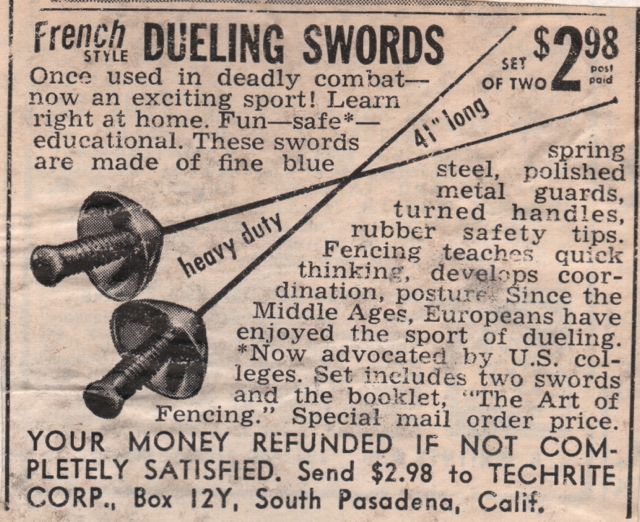
To start off, an advertisement both with and for fencing. I don’t think I know any current vendors selling “heavy duty” pairs of dueling swords for a meager $2.98. Prices seem to have gone up a bit since this came out in 1952. Just a bit. And, as if that wasn’t enough, a book to help you in your studies!
A 1949 ad for those little chocolate stars that my Aunt Ruth and Aunt Harriet used to keep in a crystal candy dish at their house in Riverside. They were terrible. Maybe the ones I remember were just out too long to retain their “foil freshness”.
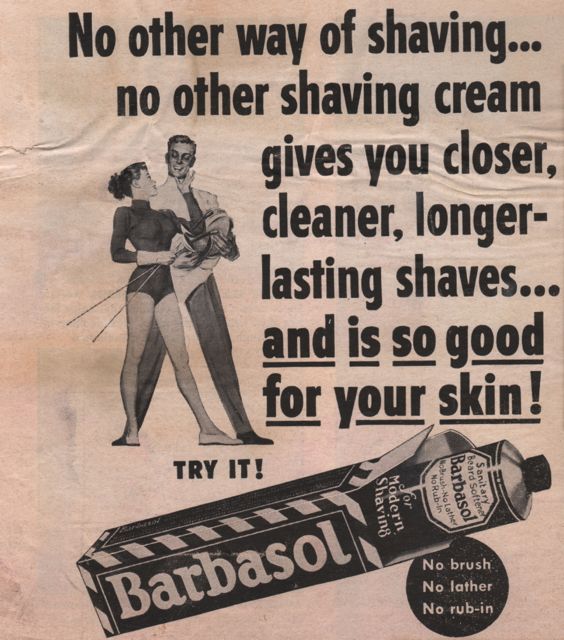
This shaving cream ad is from 1952. Just one question for the copywriter: how does one shave last longer than another?
By 1955, non-sequitur, absurdist comedy found its way to comics and advertising. At least, I guess it did because this ad doesn’t make any kind of sense. I think that’s why I like it.
And, from the midst of the cold war, we bring you a fencing metaphor that will give you peace of mind, knowing that our best and brightest air force personnel could stand on guard as a means of protecting the world for democracy and freedom. Wait, no – they didn’t need to do that; they were sitting in pilot seats and wearing awesome pre-Nasa space suits! But check out the perfection of that back arm classicism. Awesome. Except it’s really an awkward drawing. Honestly now, doesn’t it look like his left calf is, well, not to put too fine a point on it, stuck on his butt? I’m not sure I’d have approved this drawing if I was the art director.
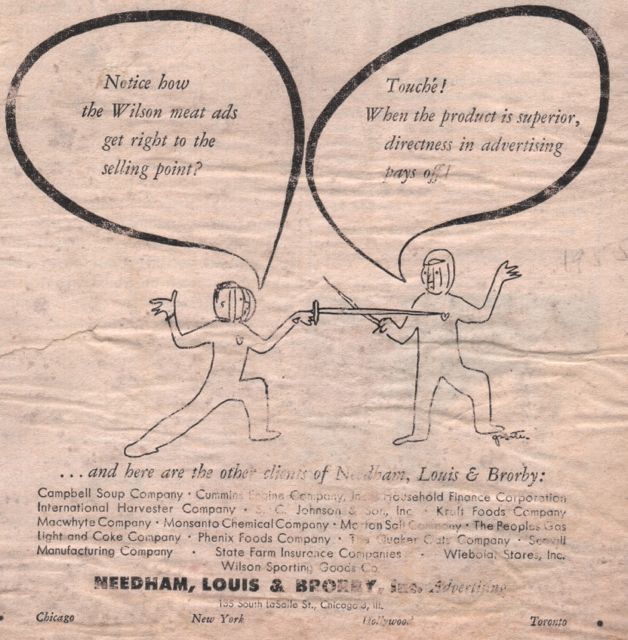
This one gives us a lesson in advertising strategy from some of the great names in advertising. Hal Needham was a legend in the business of advertising, eventually having a long-running company under his own name. This ad is to advertise the advertising company. So, there’s that.
This matchbox cover is from the Melbourne Olympics in 1956. I love that there’s only an average for how many matches you may get in the box. The average is 60, but what’s the low/high on that? Maybe as many as 80; maybe only 6 or 7. Shake the box first, I think.
Also from 1956, I bring you “slenderella”. Is it a diet? A girdle? A new pill? A gym? The ad is suspiciously free of anything confusing like, I dunno, information. A “Free Trial Visit”? Maybe they lock you in a cell on bread & water until you reach your target skinnyness. And, just for women? Do guys get to be slender? Is that a gender specific term, even? Questions, questions, questions. Nice boots, though. Very pirate-y. And what’s with the two medieval looky-loos? And those, what, buildings? at the very top? They look like Masonic symbols as much as anything. What’s going on here? I’m very, very confused.
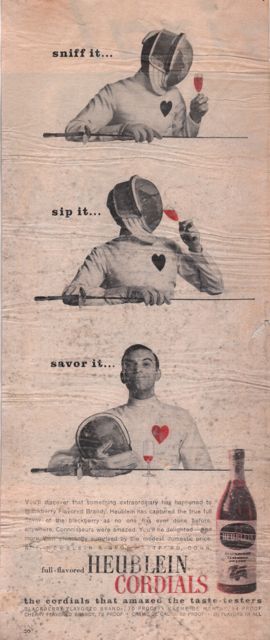
And a nice 1958 cordials ad to finish up. I used to work at a fancy restaurant that served your choice of cordial as an after dinner freebie. Creme de Menthe or Creme de Cacao. Both awful just by themselves. Not Heublein, I don’t think. But hey, free drinks! Savor it!
The Selberg Instructional Series, Part Two
One of the first stories published here on the West Coast Fencing Archive was about the how-to-fence series of film clips that Charles Selberg put together with his former employer, Bill Snyder of Bill Snyder Films, based in Fargo, ND, Charlie’s home town. You can see the first entry here:
http://westcoastfencingarchive.com/2015/01/09/the-selberg-instructional-series/
Let’s move on to Loop #2: “On Guard”
The way Charlie put this together was to have the instructor convey the ideas by following a written syllabus and for the class to watch (as many times as needed) the film loop. The way the projector works, the film was looped in a cartridge with the beginnings and ends connected, so once through a viewing, you could start right up again at the beginning.
Charlie’s ad in American Fencing Magazine, circa 1971
For this second clip, the pre-watch-the-clip section reads:
Purpose: To illustrate the guard position in four parts. It is essential for the beginning fencer to master each position before continuing to more advanced technique. The guard is thought of as the fencer’s individual fortress from which he may carry out the offensive and defensive aspects of his game.
After that introduction, you watch the film. While it’s going on, the instructor intones in a hearty voice-over the following message:
Observe the “ready” position which is assumed before the fencer steps into the guard. An excellent ready position allows the fencer a sound base from which to assume the guard position. The “ready” position should be done perfectly with feet at right angles, back straight, head upright, stomach in and shoulders level. This essential posture can then be carried forward to the guard. Good posture indicates good balance which inevitably creates better technical control.
Observe the guard, taking special note of the foot position, the knee position, the left arm position and the sword arm position. Re-run the film observing the separate aspects of the guard. The proper foot and knee positions afford excellent balance. The left arm position must be held high to aid in good balance and to facilitate a faster lunge. (See loop #4.) The sword arm places the hand in sixte (6) position approximately halfway between the fencer’s high and low-lines. This aids the fencer to form an efficient defense. (See loops #6, 7, and 8.)
It should be kept in mind that errors in the guard position will weaken one’s game. The guard which is the framework and foundation of fencing must be practiced until good balance and posture are ingrained as a habit.
Ok! Got all that? Let’s watch!
And yes, that is Charles Selberg as the demonstrator of proper guard position.
Now, just as an aside, I looked up Bill Snyder Films where Charlie worked as a young man in Fargo, and found a film that gives an idea of what kind of work they were doing. I know that the firm shot a great deal of “nature” footage and even sold some to Disney for use in the “True Life Adventures” series (which included “White Wilderness” where the filmmakers (not Bill Snyder…) purposely drove a herd of lemmings over a cliff to, you know, get a good shot.) None of that appears in the film below, but if you grew up watching 16mm films in school and remember the warbly sound that films could have when weaving through the film gate and past the sound head, this film will look really familiar.
The Stars Come out
A bit of a double meaning here. Just a quick update for the website today, as it’s a busy week in the land of the West Coast. The San Jose World Cup Men’s Foil event is taking place as I write this, so the weekend will be a busy time of avidly watching the world’s finest duke it out in the land of my collegiate alma mater.
But since we’re talking stars, let’s roll out an unquestionable Hollywood Star: Natalie Wood. The following images are from a Japanese magazine, undated, but likely from the early/mid 1960’s.
In the upper right, Natalie chats with Joseph Vince, and as you can see from the background, it’s in the Joseph Vince Studio, as related in our last story:
In the second image we see more clearly some of the wall décor that graced the Vince salle, while Vince shows some of the finer points of foil work. If you’re wondering what this was all for, check out the classic film “The Great Race” to see both Natalie and Tony Curtis showing off their fencing skills. The two of them, and also Ross Martin, who also waves a sword around in the film, all took instruction for the film’s swordplay from Vince.
Some more great shots of the lovely Natalie Wood practicing for the camera. But if I may say so, she was not a tall woman. If you look at the relative size of her and Vince, especially in the second image above, either Joseph Vince was of a size with Andre the Giant or Natalie Wood was a tiny little thing. I’m going with her = tiny.
Ok, like I said, just a short one this week. Back to my camera downloads to be ready to shoot photos tomorrow!
The Walls of the Joseph Vince Studio Los Angeles, CA
If you’ve been following along, you know that we (Archive helpers Jamie Douraghy and Greg Lynch doing the dirty work) salvaged material relating to the Joseph Vince Studio, Salle Mori and Heizaburo Okawa that had found its way to a dumpster. Some of the larger pieces were items that had once graced the walls of the Joseph Vince Fencing Studio. The Joseph Vince Studio was on Santa Monica Blvd, in the heart of Beverly Hills; a grand location to attract an amazing assortment of Talent with a capital T. Quite a number of Movie Stars spent time with Joseph Vince. Natalie Wood, James Coburn, Toshiro Mifune and Tony Curtis, just to drop a few names that I’ve come across in old correspondence, equipment purchase orders, and paperwork from movie studios contracting Vince to provide fencing instruction.
But the story today: the Walls. Because a lot of the wall decorations are currently in my care. I wanted to be sure to document what Greg & Jamie rescued – and Greg drove half way across half the state to deliver to me, meeting me in Kettleman City to transfer from his SUV to mine. After taking some photos of the loot interesting memorabilia, I figured it was time to share with you all! So below, a period photo for context, followed by the rescued items and whatever else information seems appropriate!
Let’s start with an action shot! A busy night at the Vince Studio, with a couple of identities I’m fairly certain of. The two fencers matching up on the far right are, I believe, Joe Elliot (tall, left handed, in attendance as seen below) versus Jan York Romary (right handed, tape across the top of the mask which I’ve seen before, in attendance as seen below). But on the walls, let’s take a look! Just above Joe’s right hand, a red shield:
Faded now and water damaged. No swords are mounted on it, but definitely the right shape and size. You can see the imprint of where the two crossed blades left a shadow on the cloth backing.
Halberds! Yes, halberds! Three of them, to be precise. Easily spotted on the walls. Two mounted on an angle (you’ll see them better below) and one straight up & down on the left wall. The one by itself is the tallest at better than 8 feet. I can’t stand it straight up in my garage. The other two are just about 6 feet and all three are very rusty, but I wouldn’t want to have to face the business end of these things. While not sharp, well, not real sharp, they’d do some fairly serious damage to anyone foolish enough to run onto them. I won’t be doing that.
Ah. The evidence I mentioned above. Jan York Romary is front & center here. Joe Elliot is in the back row, 5th from the left. Heizaburo Okawa is standing in the back on the far left. That’s a good night of fencing right there, and I don’t know who else I might be missing by not recognizing others. Anyone reading this spot a familiar face? A little tough to see. I’ll post a close up at the bottom. Right now, walls!
This piece is centered above the alcove behind Okawa. It’s a big old magilla, too. That’s the thing with most of these pieces – they’re not lightweights. Must’ve been up with some fairly hefty wall hangers.
This little guy is to the left of the above piece and there’s a paired facing version on the other side that we didn’t come across.
And what’s a fencing salle without a target on the wall? This is on the very far left of the photo. I’ve never seen this three-in-a-row design before and I like it! It’s well built, too. It might be stained with age (and beer or coffee or wine… or all three…) but it’d still be serviceable if it were put up. I wonder if it’s like Toy Story 2, and old fencing gear like this retains a fond memory of younger days when fencers still poked them repeatedly to improve point control. Toy Story 2, that’s… like… you know, a documentary… a true story… isn’t it?
Here’s a totally not posed shot of Torao Mori offering foil instruction to a novice. But right above her head is this really nice piece of work:
Now, I know it’s just a reproduction (done in Spain; from the Vince files I’ve got the product catalog and letters going back and forth with the manufacturer) but this shield is pretty dang cool. It’s hefty, the design is interesting – sort of St. George slaying the dragon but only the pose really, as ‘dragon’ looks like a horse and the overall depiction is more of a massed knights-in-armor battle scene – and it being from Spain, one has to assume that the knights with the upper hand are the Spaniards and the guys going under are either French or more likely English. Hey, artists’ prerogative. Anyway, a cool piece. Not mounted on the backing shield any longer.
This little piece is on the wall behind the woman. A tiny piece – the backing board is only about ten inches across – and one of six different designs that were rescued. This is the only image I could find of one hanging up, but I don’t have 360 degrees of the wall area. Most of the shots seem to be taken from roughly the same direction, so I haven’t seen anything of what’s on the wall behind the camera. As below, for a kendo class, more of the same walls:
A lot of damage to this photo, but not the worst I’ve come across. There were an unfortunate number that couldn’t be salvaged. But in this shot you see the Vince Studio re-purposed for kendo. And, if I’m not mistaken, the guy holding the shinai all in blue standing underneath the straight up Halberd is Heizaburo Okawa. I just realized looking at this how high the ceilings are in the room. The wainscoting is probably up to 6 feet, and I know that halberd is 8 feet and I’d guess it isn’t touching the top wall, but even if it is, 14 foot ceilings. Nice! Anyway, the wall hanging below…
…is another shield that has lost its crossed swords. I’m not entirely sure on this one. It’s the right size and shape as the one in the photo above – the furthest left on the far wall – and mountings for three swords at the correct angles, but the color seems different. The class photo shows a shield that looks like it has a blue backing cloth and this is certainly not blue. Totally faded out to this? I can’t really tell. So, not completely certain, but close. And this shield doesn’t show up anywhere else, so I put it in as a “maybe”.
The Big one. Love this picture, of course. Left to Right is Torao Mori, then international superstar actor Tony Curtis (and father of Jamie Lee Curtis) dressed in his fencing knickers and a dapper hat, Branislau Kaper (Hollywood Composer) and Joseph Vince. My guess is that this photo was taken after Mori had assumed the role of day-to-day instruction and Vince was retired. I mean, I can’t imagine he was the one giving Tony a workout, not in those shoes. But Curtis and Vince were clearly close friends, as evidenced by a few items of correspondence between the two of them that I’ve come across in the files that were rescued. So maybe he came in to just watch the lesson and chat. Then, on the back wall…
This beast. It’s a plaster cast on top of a fiberglass mold. Pretty interesting bit of construction, really. The poor knight has lost some of his foot, alas, and there are a couple of other chips, but overall he’s in pretty fair shape. If you look close at the group photo above, there are two rings hanging down at the top of the piece. I can’t guess why they’re hanging in front; I assumed when I first looked at it that it would hang by the rings, but this photo clearly shows them hanging in front. Why that is, I just can’t guess. This is a big piece; it’s roughly 4×4 feet and fiberglass or not, it’s not terribly light. Maybe more unwieldy than really heavy, but still.
The other bit of mystery is the location of this room and piece. The room where the group photo above was taken seems better put together than your usual fencing salle office area, and it’s not an area shown in any other photo taken in the salle. Was that just the times and taste of Vince and/or Mori and it’s just not showing in the photos I have? Very modern, nice furnishings and all, but so many swords I assumed it was somewhere in the salle. The foyer? Another office area? The business office from whence the fencing equipment business ran? Mysteries abound. I’ll add these mysteries to my growing list.
Ok, one last thing, as mentioned above. A close up!
If anyone can put names to faces, it’s always appreciated! I mean, just from the three I do know we’re talking about 14 US National Championship wins – Okawa with two, Elliot two and Romary accounting for the other ten. So if anyone can add a name, speak up!
A Well-Traveled Man
Heizaburo Okawa has been quite a few places and seen a lot. And accomplished a fair bit in the process. Let’s run it down, shall we? Three time Olympian for Japan: 1960, 1964 and 1968, competing in all three weapons in 1964. Three time Japanese National Foil Champion in 1963, 1964 and 1967. Twice US National Foil Champion in 1967 ad 1968. Martini & Rossi finalist in Sabre.
Fourth at the ’64 Olympics in Team Foil. 8-8, Japan losing on touches.
The above blue poster is Okawa (low) vs Magnan (high), but I don’t know if it was taken during this match with France at the 1964 Olympic team event. Okawa trained in France (for his Maestro, at least) and traveled with his teammates to East Germany. Not sure of the year on these various trips, but we’ve got interesting photos from them, nonetheless.
In East Germany. Okawa is 2nd from right.
East Germany in the background. Heizaburo in the foreground.
Out for a casual stroll. Could you stroll casually in East Germany? I guess you could.
Top 8 finish at the Martini & Rossi New York International Sabre. Okawa was eliminated by the Hungarian Peter Bakonyi. I haven’t yet figured out what year this was. Okawa also had a 2nd place finish in a Martini & Rossi foil final, again year unknown.
Alright. The above photo led me on a long quest for more information on Martini & Rossi competitions. To say that they are not well documented is giving too much credit. The years, the events held, the finalists, even the winners, are not well documented anywhere (on the internet) that I could find – and I’m a fair hunter via Google, if I say so myself. There are news articles from the NY Times, but like all fencing newspaper articles, they are lacking in depth of information. In writing that, it makes me wonder about other international competitions of long standing. Do they self-document? Take the Paris CIP, a long-standing men’s foil event. Do they post their historical results? I haven’t looked yet, but I think I’m about to. The Martini & Rossi in New York was a tournament of great tradition and held for many years, but I know for certain that Andy Shaw rescued the silver-and-ivory men’s sabre trophy from a box that was otherwise to be thrown away. How did it come to that?
Aw, heck. I’m just ranting now. Anyway, if you have results or know someone who does, feel free to send them my way; I’ll put them up!
Back to the topic at hand.
Heizaburo Okawa won the Japanese National Foil Championships three times. I don’t know which year the following is from; I don’t think it’s as late as ’67, but it’s hard to tell. The footage is on the same reel as a women’s foil event that appears to be a local LA competition, based on a recognizable few. But, black & white film. Whenever it’s from, Heizaburo gets a nice trophy. Look and see!
Lorem Ipsum Dolor
Nunc et vestibulum velit. Suspendisse euismod eros vel urna bibendum gravida. Phasellus et metus nec dui ornare molestie. In consequat urna sed tincidunt euismod. Praesent non pharetra arcu, at tincidunt sapien. Nullam lobortis ultricies bibendum. Duis elit leo, porta vel nisl in, ullamcorper scelerisque velit. Fusce volutpat purus dolor, vel pulvinar dui porttitor sed. Phasellus ac odio eu quam varius elementum sit amet euismod justo.
Lorem Ipsum Dolor
Nunc et vestibulum velit. Suspendisse euismod eros vel urna bibendum gravida. Phasellus et metus nec dui ornare molestie. In consequat urna sed tincidunt euismod. Praesent non pharetra arcu, at tincidunt sapien. Nullam lobortis ultricies bibendum. Duis elit leo, porta vel nisl in, ullamcorper scelerisque velit. Fusce volutpat purus dolor, vel pulvinar dui porttitor sed. Phasellus ac odio eu quam varius elementum sit amet euismod justo.

